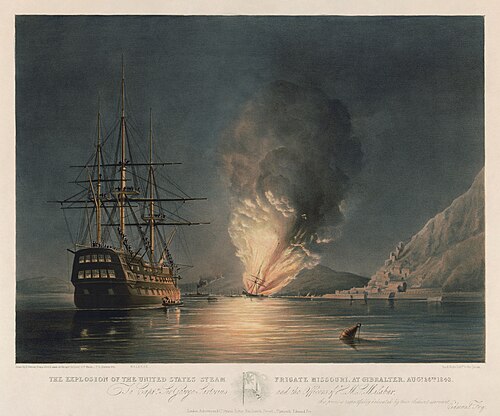From Wikipedia, the free encyclopedia
What's a Canuckle? [ edit ] Canuck : a slang term for Canadians originating in the 19th century, and the name of an intrepid band of hockey players, the Vancouver Canucks
Knuckle : a joint of a finger , which is brought into prominence when the hand is shut.
Definitions of canuckle from urbandictionary.com:
canuckle - Cool dude of Canadian origin. Loves donuts (especially Tim Horton's ), women and ice hockey . Not necessarily all at the same time, but it wouldn't hurt.
Man, that dude's a canuckle! A witty wise-cracking on-line friend who supplies TH at all the right times.
When's that Canuckle gonna get here with my donuts ? About this user [ edit ] This user is thin-skinned, frustrated by process, writes quickly then leaves and prefers the big picture over small details.
Did You Knows [ edit ] 31 May 2007 ...that after capture by English adventurer Sir David Kirke and combat with the Iroquois , surgeon Robert Giffard de Moncel hospital in North America?
8 July 2013 ... that a storm on Lucy Island Tsimshian woman living near Prince Rupert ?
13 March 2008 ...that British Columbians will get a second chance winner-takes-all election system with a single-transferrable vote system?
16 September 2007 ...that Garth Butcher Canada 's first-ever gold medal team at the World Junior Ice Hockey Championships before becoming a pest and setting team records for penalty minutes in the National Hockey League ?
13 May 2010 ... that the Royal Columbian Hospital hospital in British Columbia , was built in 1862 during a Gold Rush for $3,396 by the Corps of Royal Engineers and a chain gang ?
2 April 2014 ... that Insite , North America's first legal supervised injection site for drug users, was opened by the Portland Hotel Society Vancouver , Canada, in 2003?
22 April 2011 .. that the flash of light accompanying an earthquake in 1896 was attributed by some residents of North Piddle Worcestershire , to a large meteor?
2 July 2013 ... that leaving Mount Tzouhalem
22 June 2010 ... that a criminal trial began more than six years Royal Canadian Mounted Police raided the British Columbia Parliament Buildings ? Created or (hopefully! ) improved [ edit ] Articles [ edit ] Categories [ edit ] Vancouver Sun people
The Province newspaper people
People from Port Alberni, British Columbia
Civil rights history of Canada Count Canuckle's edits: link
Link to Canuckle's sandbox Image gallery [ edit ]
HMS Malabar was a 74-gun
ship of the line of the
Royal Navy , launched in 1818 at
Bombay Dockyard . In 1838,
Malabar ran aground off
Prince Edward Island in British North America and was damaged, with the loss of two crew members. She was refloated later that year and towed into
Three Rivers in
Lower Canada . In August 1843,
Malabar , under the command of
Sir George Sartorius , assisted in fighting a fire that destroyed the
United States Navy sidewheel frigate
USS Missouri at
Gibraltar , taking aboard about 200 of that ship's survivors.
Malabar was converted to a
hulk in 1848, eventually becoming a coal hulk, and was renamed
Myrtle in 1883. The hulk was sold out of the navy in 1905. This
lithograph from around 1843 shows the crew of
Malabar watching as
Missouri explodes and burns in the distance.
Lithograph credit: Thomas Goldsworthy Dutton , after Edward Duncan and George Pechell Mends ; restored by Adam Cuerden



















